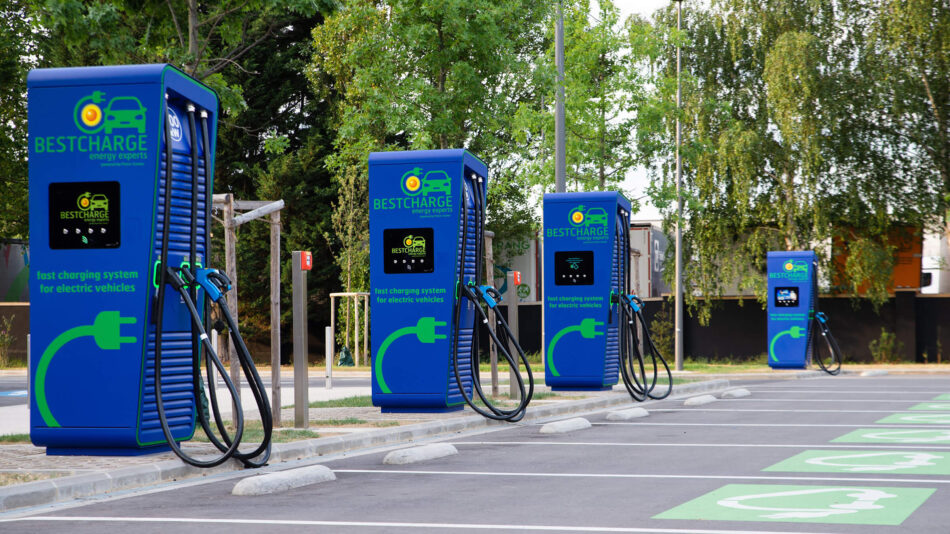Recognizing the practical reality, a completely carbon-free global infrastructure will not materialize until the mid-century. In the interim, natural gas, as a cleaner and more efficient fossil fuel, can serve as a valuable bridge fuel, especially when combined with advanced carbon capture, utilization, and storage (CCUS) techniques. Unlike other hydrocarbons, the demand and production of liquid natural gas (LNG) are projected to increase as we work towards achieving a truly net-zero carbon future.
To responsibly use natural gas within energy portfolios, several diverse initiatives are crucial:
- Develop blended fuel sources that combine natural gas with hydrogen, catering to a wide range of industrial and residential applications, ranging from heat pumps to steel forges.
- Retrofit existing power generation, transportation, and heating systems that currently rely on coal, oil, or gasoline to use natural gas or LNG.
- Maintain carbon capture rates of 90% or higher to ensure carbon-neutral natural gas production.
- Stabilize natural gas supplies against potential disruptions by improving supply chain flexibility and providing physical security at generation, distillation, and distribution facilities, as well as LNG pipelines.






